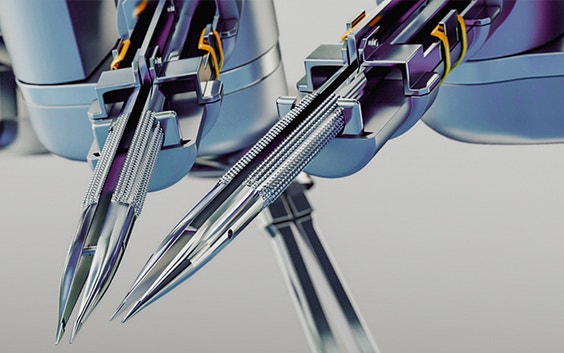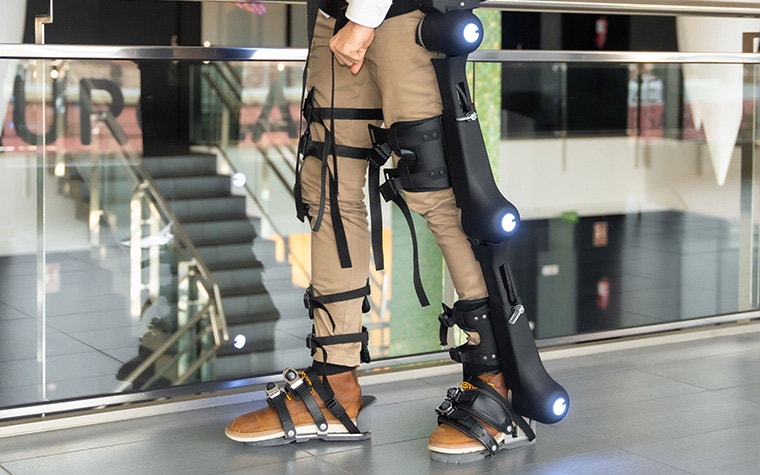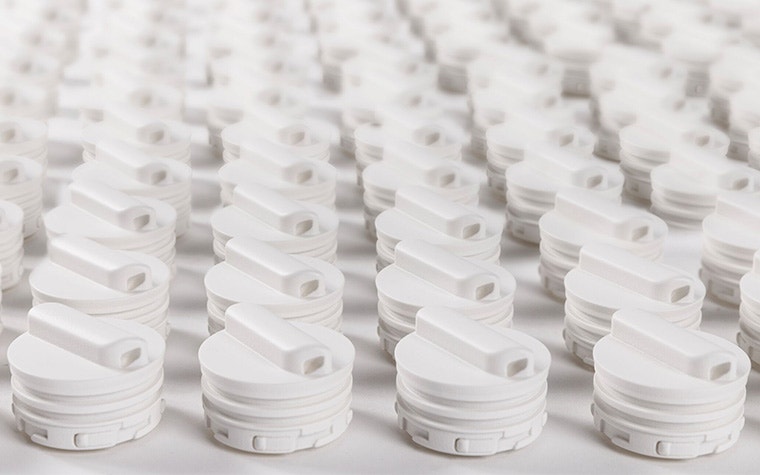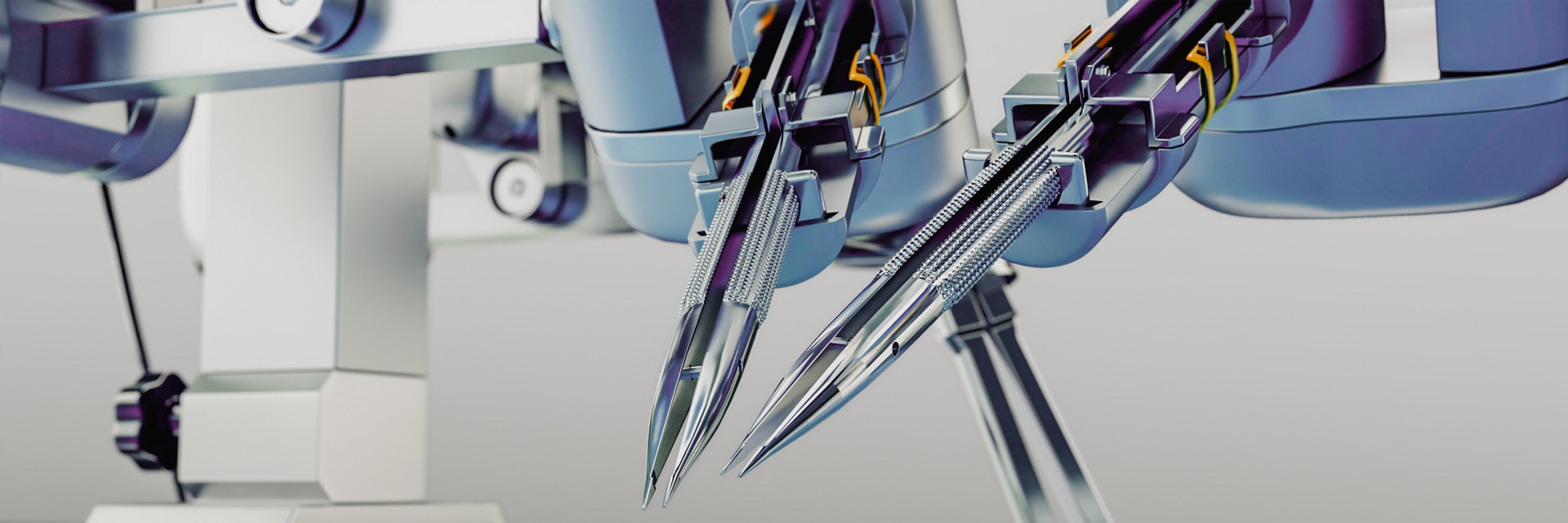TRENDS
Additive Manufacturing in Medtech: The Key Themes of 2025

Innovation is the talk of the town when it comes to AM in medtech. Adoption is changing. Production is moving. New technologies are rising while old favorites prove their worth. What does it all mean for medtech manufacturers?
The benefits of early adoption
Application spotting remains a key aspect of additive manufacturing adoption, and the medtech industry is quickly learning what works. An increasing number of manufacturers are turning to AM starting from the pre-clinical phase, especially for niche products. Importantly, when these products have a series size of fewer than 1,000 parts, AM is likely to remain the technology of choice throughout their lifecycle.
This decision goes a long way in facilitating rapid innovation. When the pre-clinical product and production process are close to that of the final product, certification is often more efficient for medical device manufacturers, drastically speeding up their time-to-market.


The race for new materials
AM’s material manufacturers are competing to meet the needs of the industry. Biocompatible and sterilizable materials are common requests for many applications, and existing materials offer these characteristics. The challenge comes from medtech manufacturers seeking new materials that combine these characteristics with other application-specific requirements, such as chemical resistance for parts that will be cleaned with specific solvents, transparency for applications requiring frequent visual inspection, or flexibility for orthotics and prosthetics.
However, this competition extends to the requestors themselves. Because these requests and applications are highly specific and diverse, material manufacturers often work on developing one innovative formulation at a time. That leaves each individual applicant waiting their turn in a long queue. Here, collaboration becomes increasingly valuable — if both sides work together, they can find common ground between material innovations and the applications that most benefit from them.
The rise of FDM’s “prosumer” machines
We’re seeing big changes in the fused deposition modeling (FDM) market, with machine manufacturers essentially moving in two directions. Alongside the traditional, full-scale machinery — high-end, expensive, and largely inaccessible without serious production demand — a new wave of “prosumer” machines is seeing segments such as O&P bring production in-house.
These machines offer an affordability that makes them ideal for manufacturers who produce a single application, like orthotics, at scale.
The staying power of powder-bed technologies
There are several reasons selective laser sintering (SLS) remains the most popular choice for medtech, especially for applications with the strictest compliance requirements. Firstly, the availability of trusted materials like PA 12 with well-documented evidence of biocompatibility lessens the need to explore other options — making a change comes with a wave of costly (re)certification that can be hard to justify.
The second reason is quality. Established technologies like SLS come with the advantage of experience. Service providers can use years of performance data and established standards to tightly control processes and prevent any variances that may impact the end product.


What does it all mean for medtech manufacturers?
New technologies, new machines, new materials, and new decisions to take — innovation is in the air, and it’s coming from all sides. There’s a lot to take in, and it can be hard to know where to look first. That’s where our technology-neutral AM services can help. You can explore a diverse range of technologies and materials, helping you find the perfect fit for your development.
Share on:
You might also like
Never miss a story like this. Get curated content delivered straight to your inbox.
